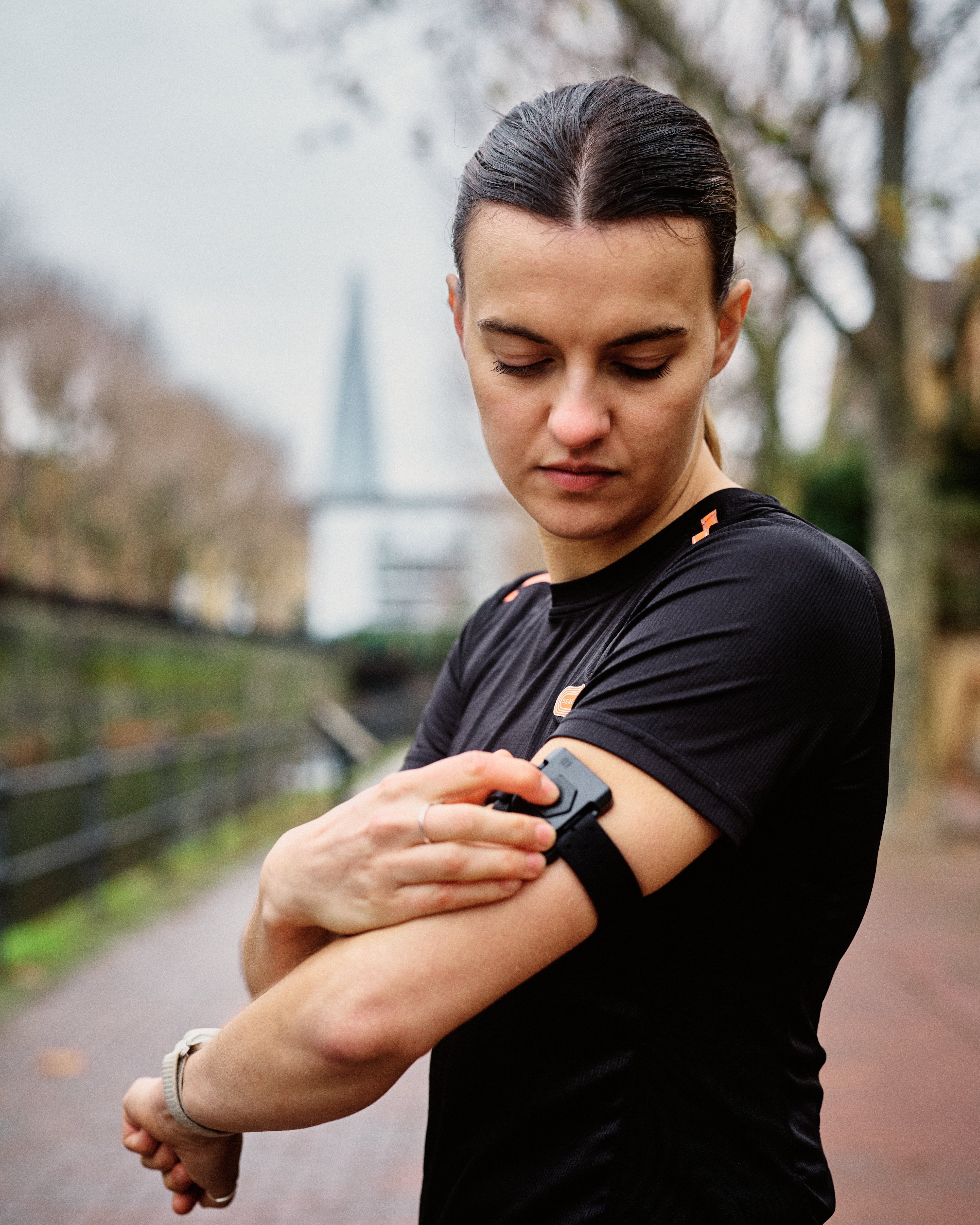The Hidden Variable Undermining Your Performance
Electrolyte guidelines are everywhere:
“Take 500–1000mg of sodium per hour.”
But sodium loss doesn’t follow a script. It’s not a fixed number. It’s a function of your physiology, environment, and effort.
If you’re relying on a generic recommendation to guide your sodium intake, you’re not fuelling your body — you’re rolling the dice.
Let’s break down why.
1. Sodium Loss Is Highly Individual
Sweat Sodium Concentration (SSC)
Sweat sodium concentration — the amount of sodium lost per litre of sweat — is highly variable between individuals.
Peer-reviewed research shows SSC typically ranges between 200–2000 mg/L, with some trained athletes losing even more depending on their genetics, diet, and acclimation status (Baker et al., 2016; Armstrong et al., 1985).
This means one athlete could be losing 10x more sodium per litre than another — even under identical conditions.
Factors that influence SSC:
-
Genetics
-
Sodium intake
-
Training status
-
Heat acclimation
-
Hormonal regulation (e.g. aldosterone levels)
And while SSC is generally more stable than sweat rate, it’s not immune to change — heat adaptation and diet can shift sodium concentration over time.
📚 References
-
Baker, L.B. (2016). Sweat testing methodology in exercise science: a review.
-
Armstrong, L.E., et al. (1985). Variability of sweat electrolyte concentrations in athletes.
2. Sweat Rate Is Dynamic
Sweat rate — the volume of fluid lost per hour — can vary significantly depending on the conditions.
Typical sweat rates range from 0.3L/hr to over 2.5L/hr, influenced by:
-
Temperature & humidity
-
Exercise intensity
-
Duration
-
Clothing/equipment
-
Acclimatisation
Even within the same athlete, sweat rate can vary significantly between sessions in different environments (Sawka et al., 2007). This doesn’t mean it can double for everyone — if your sweat rate is 2.5 L/hr, you won’t suddenly hit 5 L/hr. But if it’s 0.25 L/hr in one scenario, it could rise to 0.5 L/hr in another. The point is that sweat rate is highly responsive to factors like temperature, humidity, and intensity — and those changes directly affect your total sodium losses.
This variability means your total sodium loss per hour isn't a fixed number — it’s a moving target.
📚 References
-
Sawka, M.N. et al. (2007). ACSM Position Stand: Exercise and Fluid Replacement.
3. The Performance Cost of Getting It Wrong
Sodium plays a central role in maintaining:
-
Fluid balance & plasma volume
-
Thermoregulation
-
Neuromuscular function
-
Cognitive performance during long-duration efforts
Inadequate sodium replacement can lead to:
-
Early fatigue
-
Muscle cramping
-
Cognitive decline
-
Delayed recovery
-
In extreme cases, hyponatremia (especially if overhydrating)
Even moderate sodium mismatches can reduce cardiac output and thermoregulatory efficiency, increasing perceived effort and reducing endurance capacity (Maughan & Shirreffs, 2008).
📚 Reference
-
Maughan, R.J. & Shirreffs, S.M. (2008). Development of individual hydration strategies for athletes.
4. Context is Critical
Let’s say two athletes have identical sweat sodium concentrations. Even then, their total sodium losses will change based on:
-
A 10K jog vs. a 5-hour ultra
-
12°C in March vs. 32°C in July
-
Sea level vs. high altitude
Your sweat response is shaped by environmental stress, training load, and session type — not just your physiology. That’s why one-time lab-based tests, while useful for baselining, fall short on their own. They capture a moment — not the full picture.
Real-world data, over time and in varied conditions, is key to building a hydration strategy that works when it counts.
📚 Reference
-
Kenefick, R.W. et al. (2007). Effect of sodium supplements on endurance performance during exercise in the heat.
5. It All Starts with Sweat Analysis
If you’re serious about performance, hydration can't be a rough guess.
Start with data. Understand:
-
Your sweat sodium concentration
-
How it combines with sweat rate
-
How both change across conditions
This is your Sweat Profile — the foundation for a strategy that supports:
-
Performance sustainability
-
Recovery integrity
-
Heat tolerance
-
Long-term training load management
Emerging wearable tech like ourselves now allows athletes to track sweat composition and volume in real time, session by session — helping to build a hydration model that adapts alongside their training.
Conclusion: In Endurance, Accuracy Matters
Generic sodium recommendations aren’t just oversimplified — they’re physiologically inaccurate for most athletes, most of the time.
Your body, your training, and your environment all interact to shape your fluid and sodium needs. If you want to perform consistently — and recover fully — you need a strategy that evolves.
Sweat isn’t static. Your plan shouldn’t be either.
📊 Ready to understand your own Sweat Profile?
Book your FLOWBIO Experience here


Share:
In Conversation: Frankie Hall - Professional Cyclist
The Truth About Sweat, Sodium, and Science